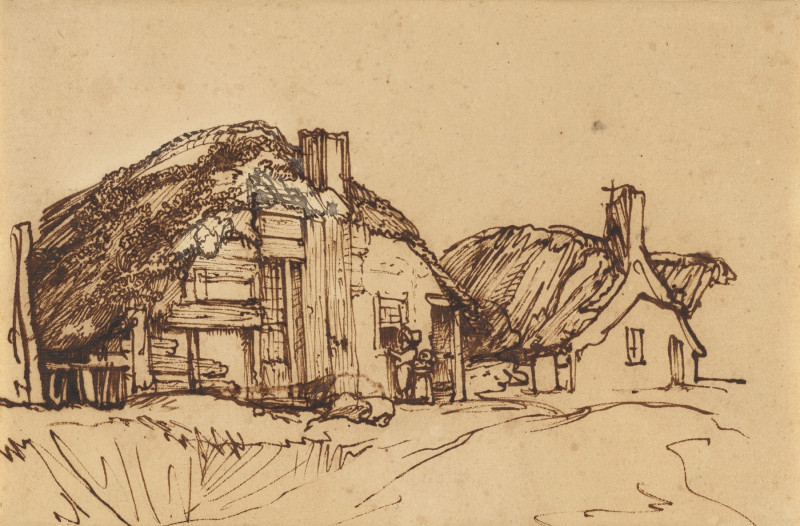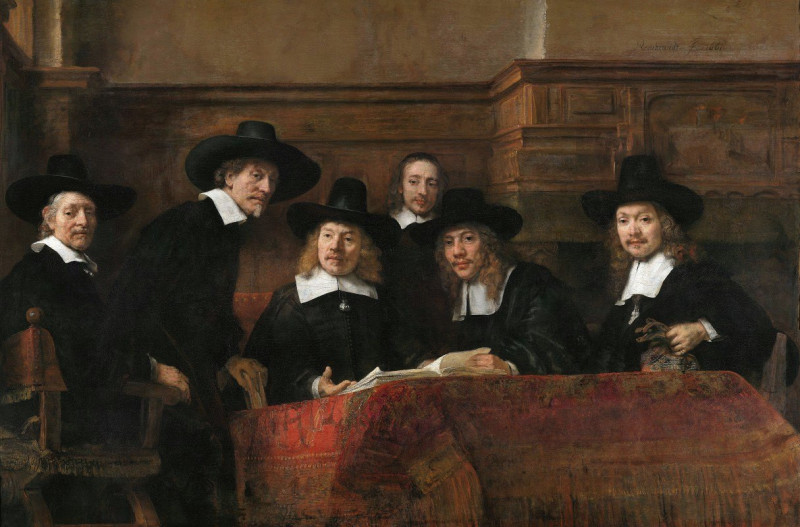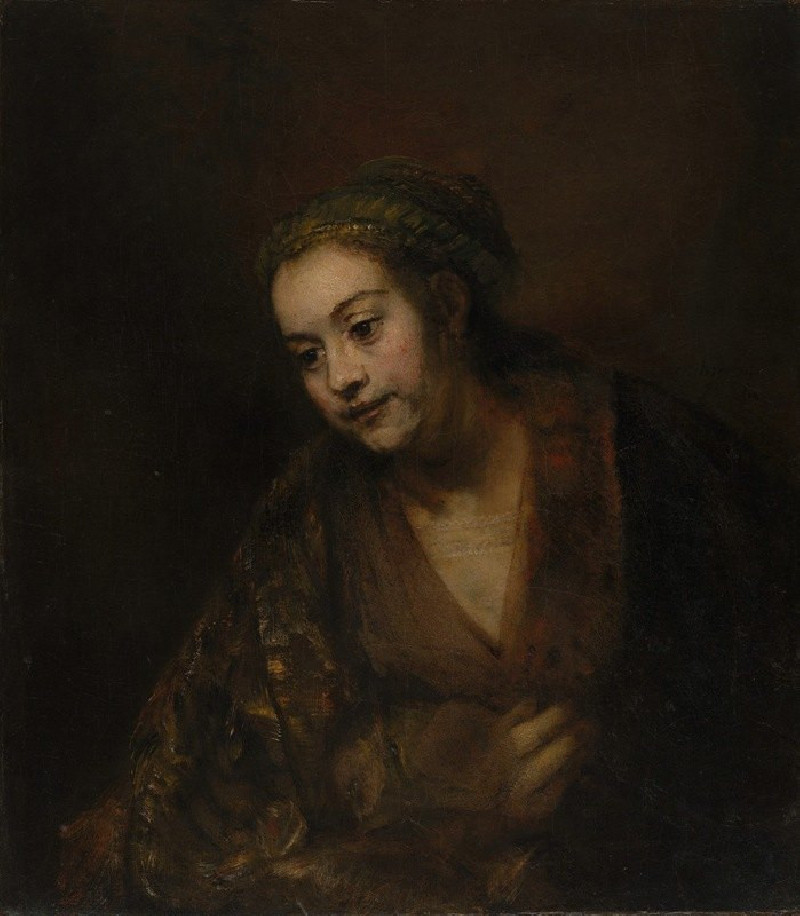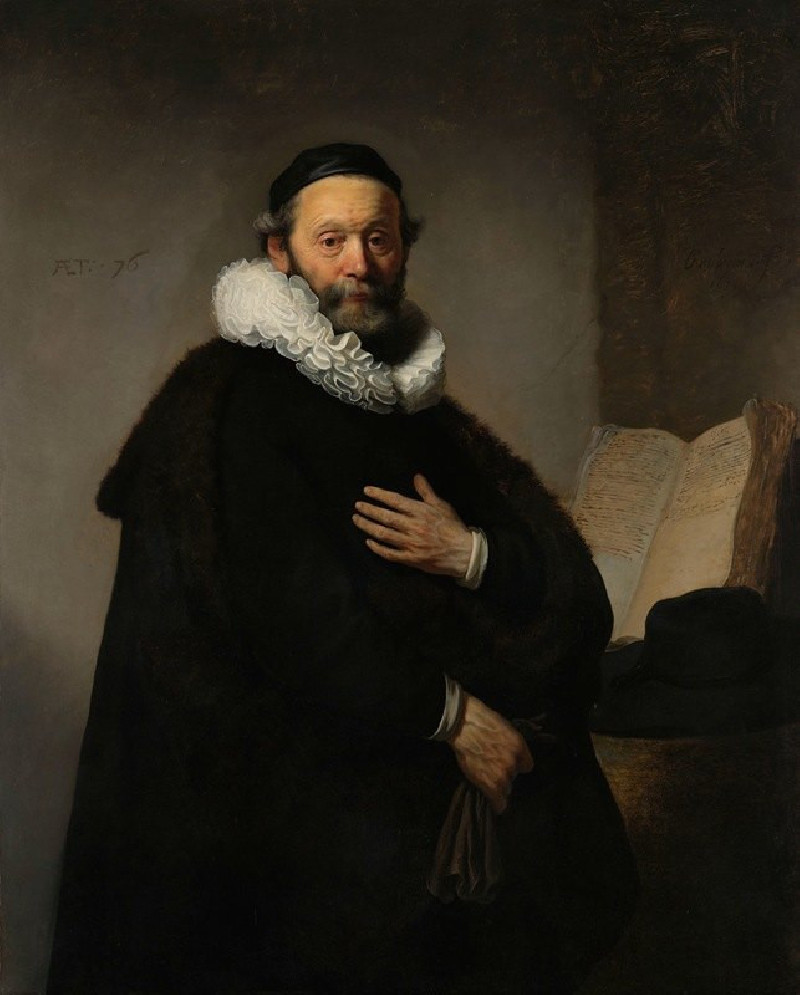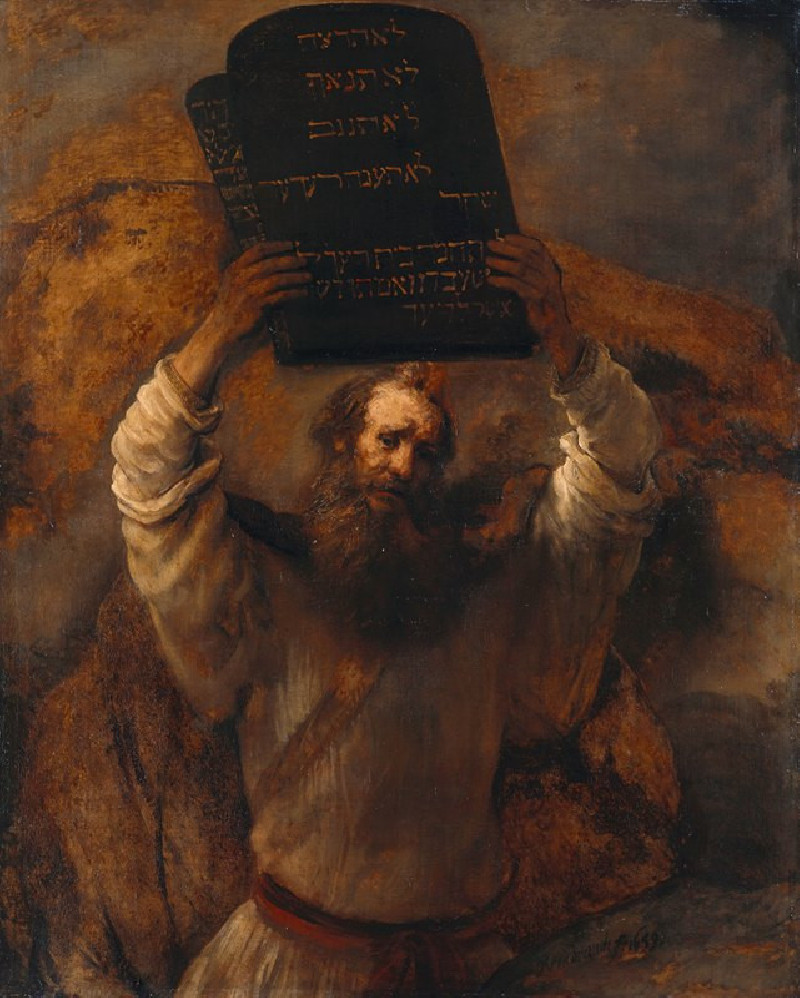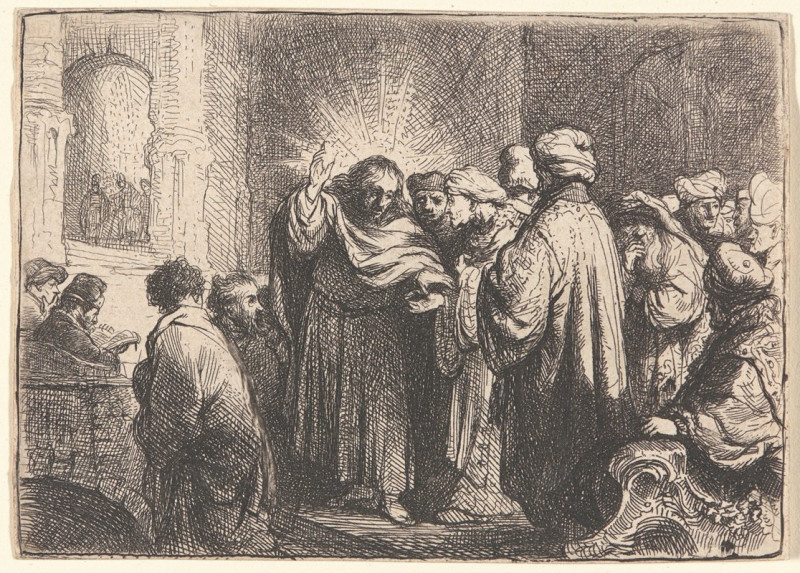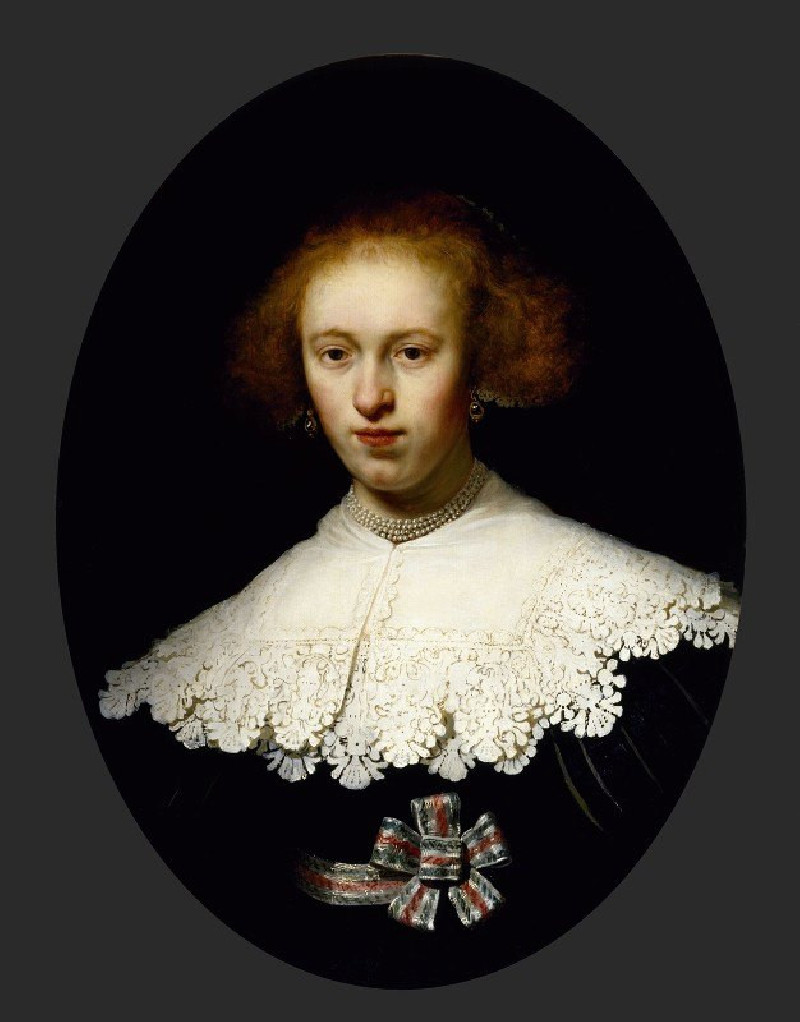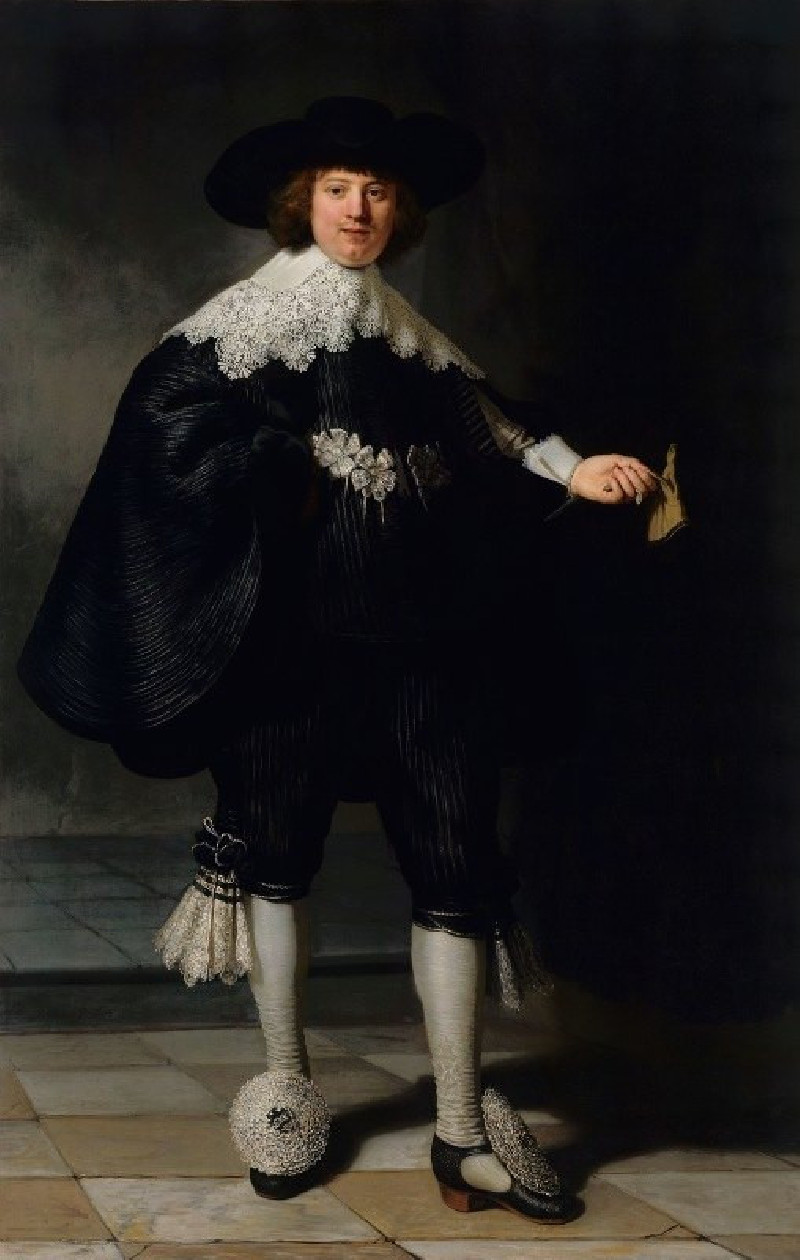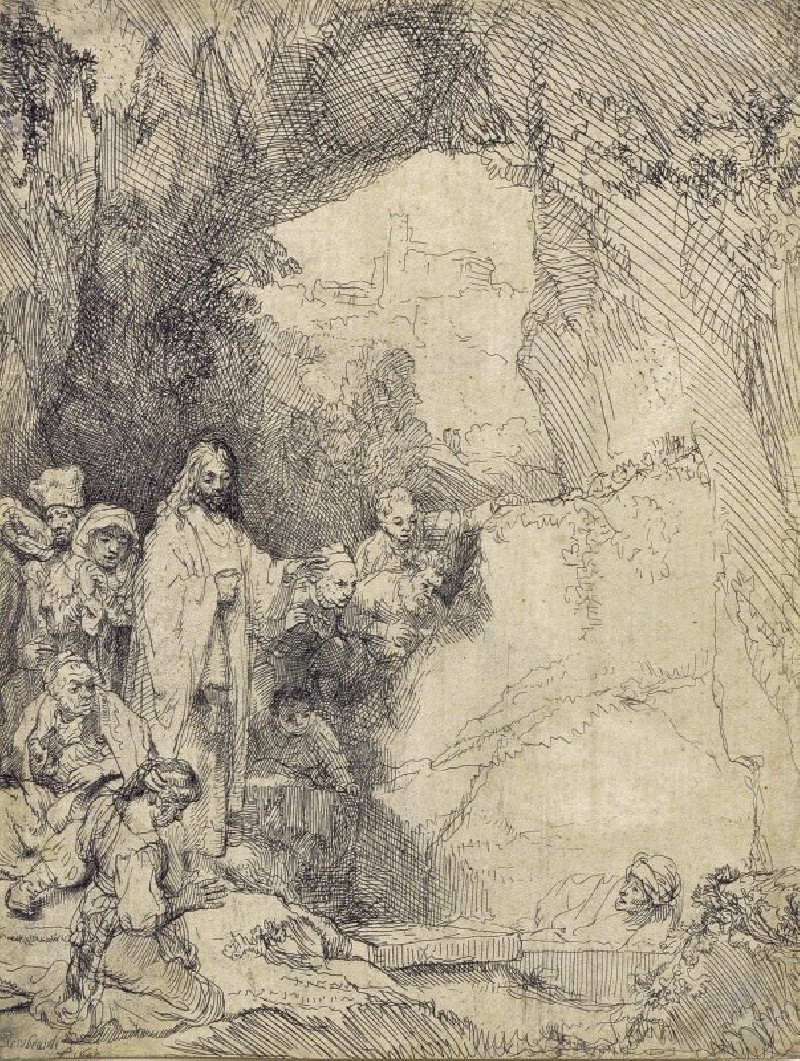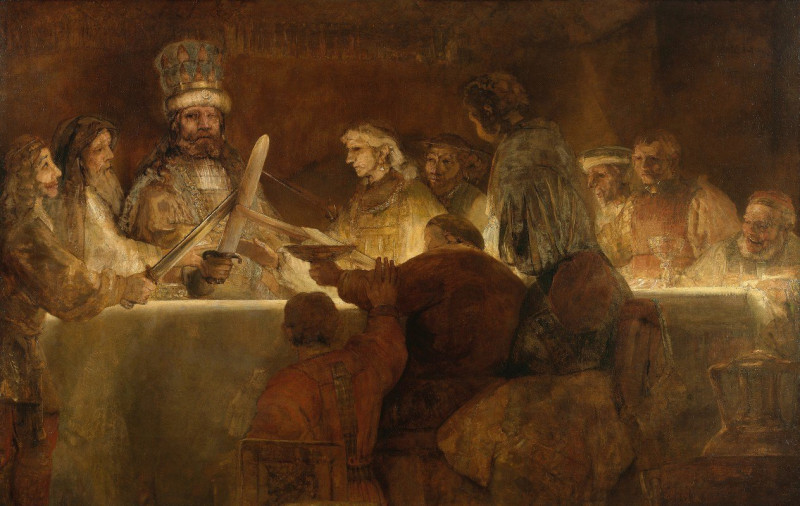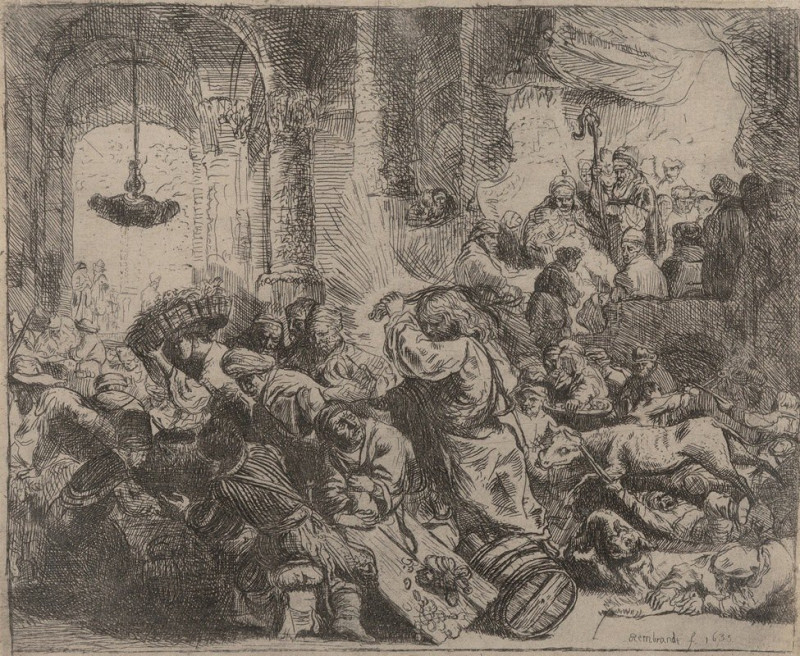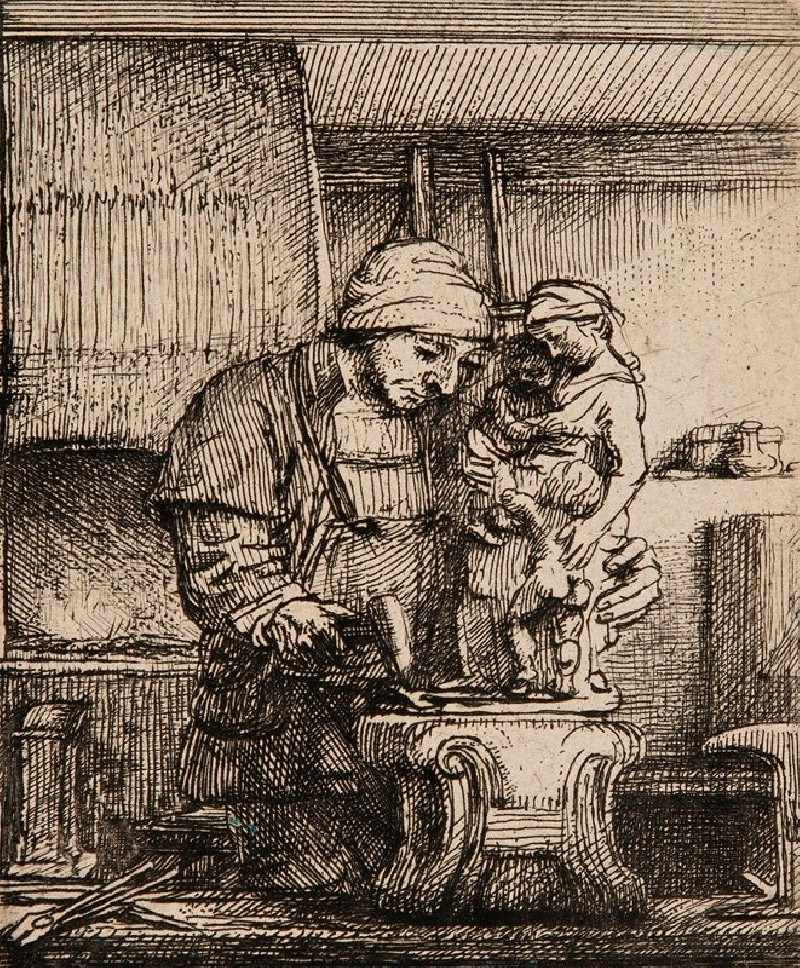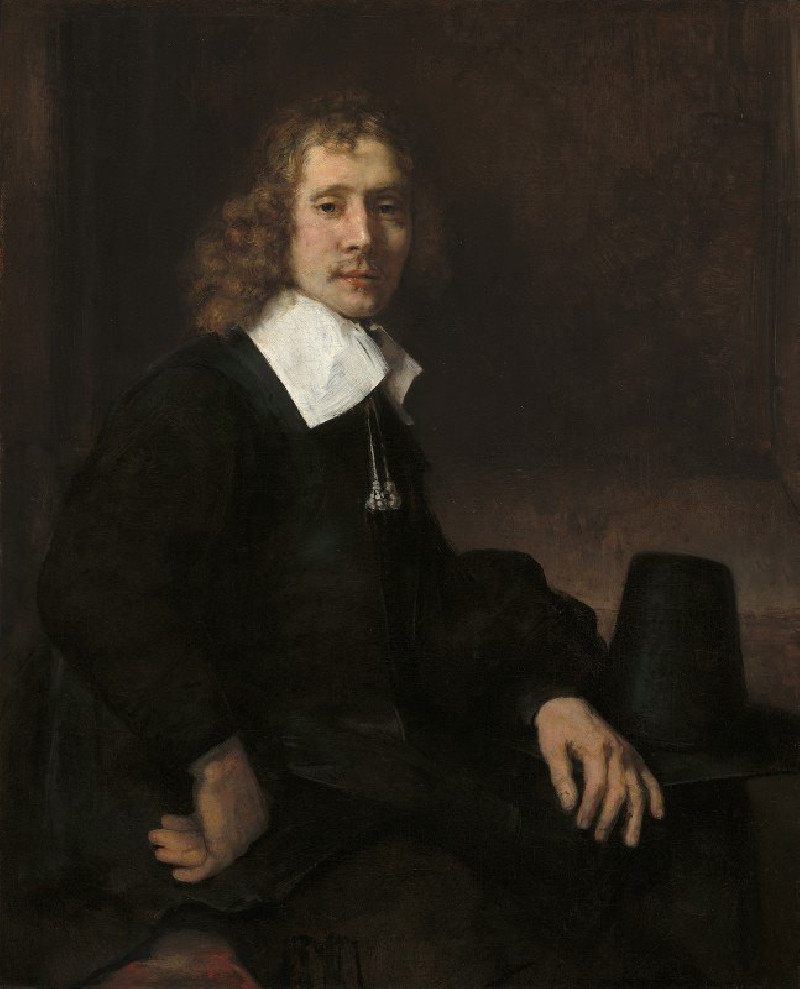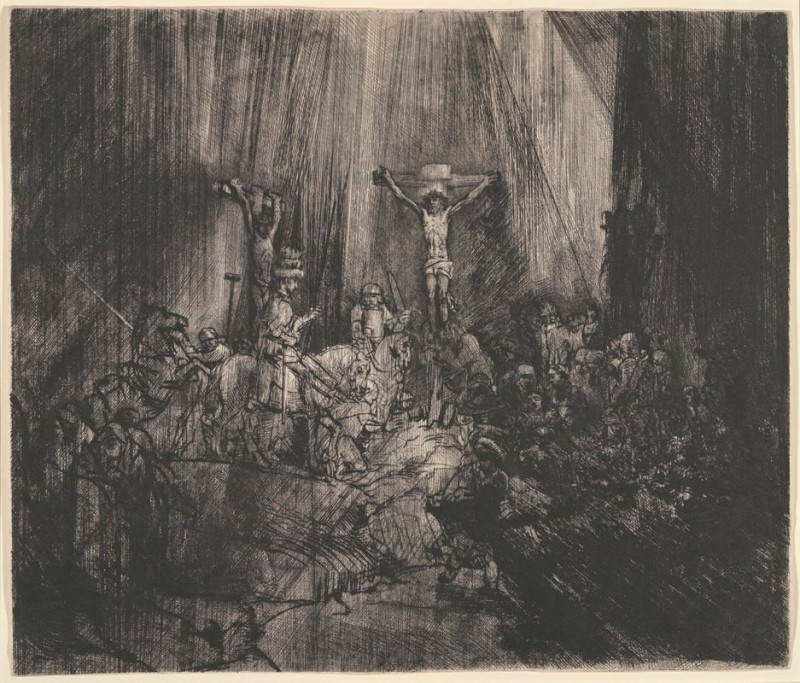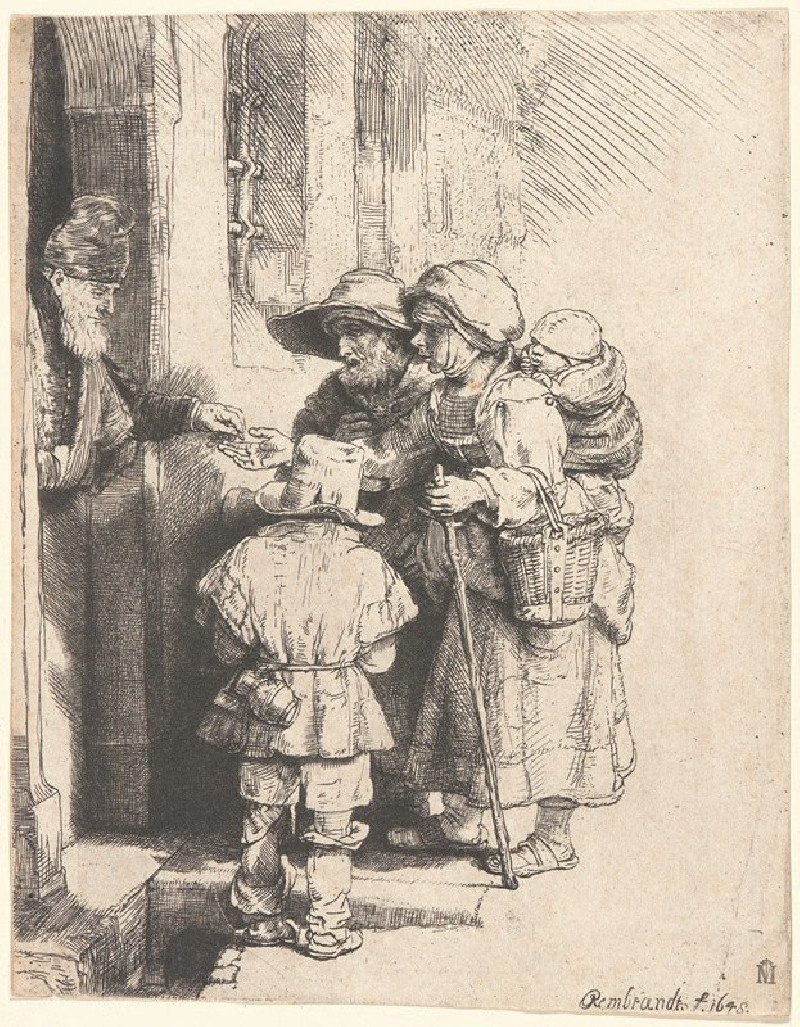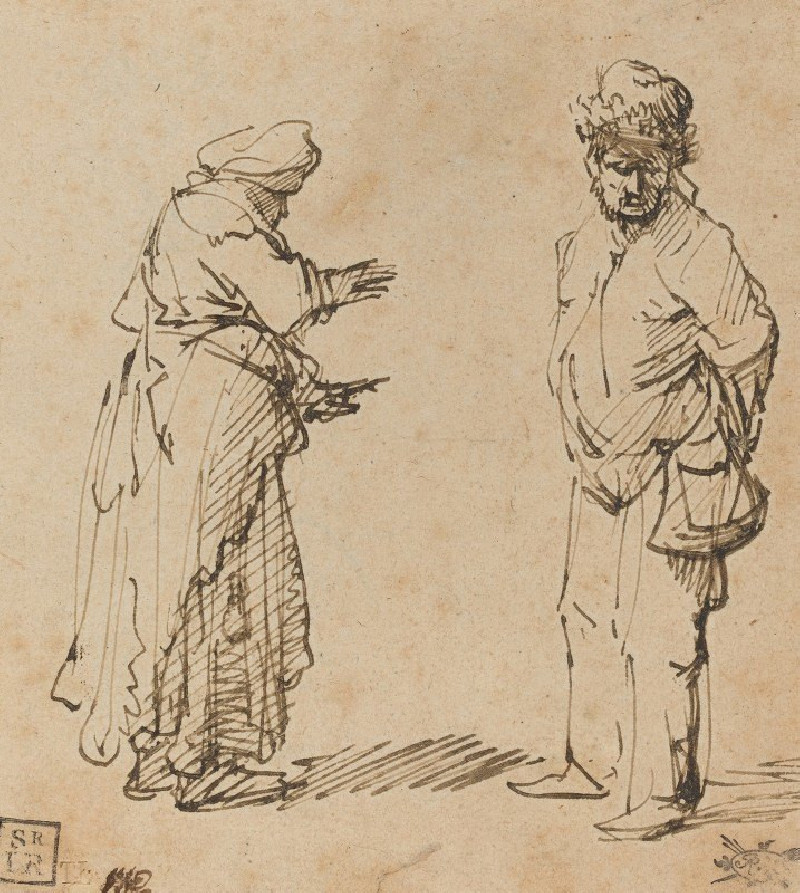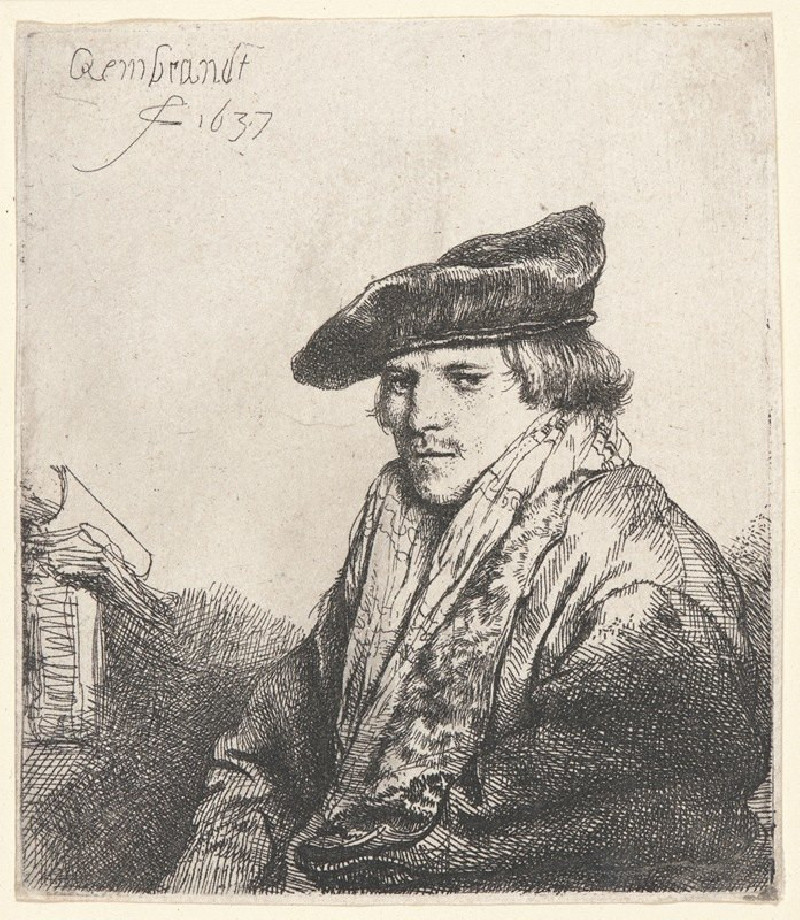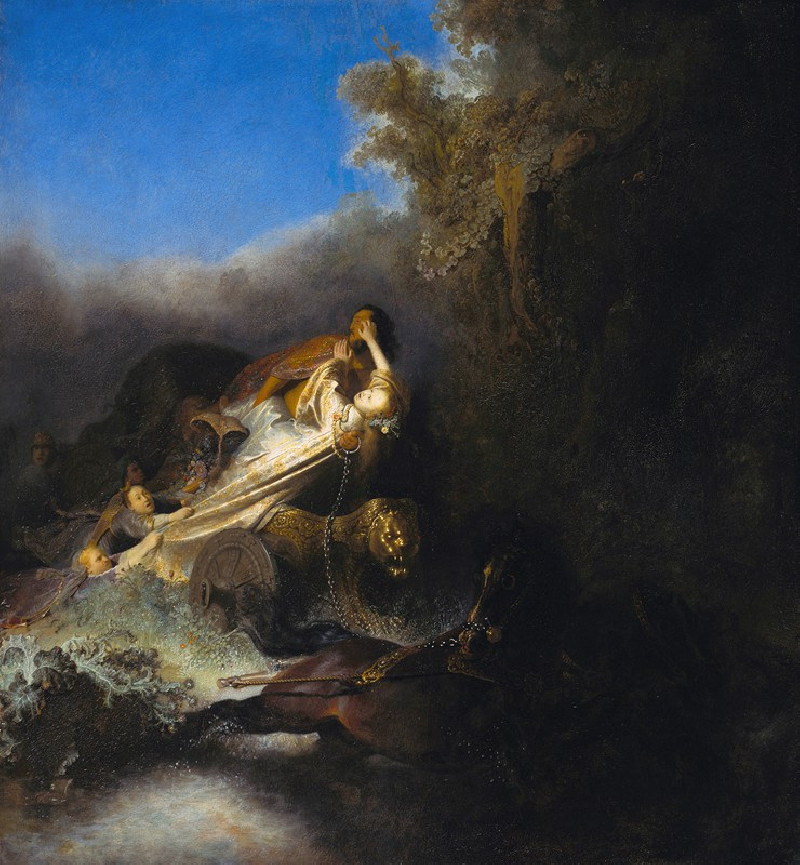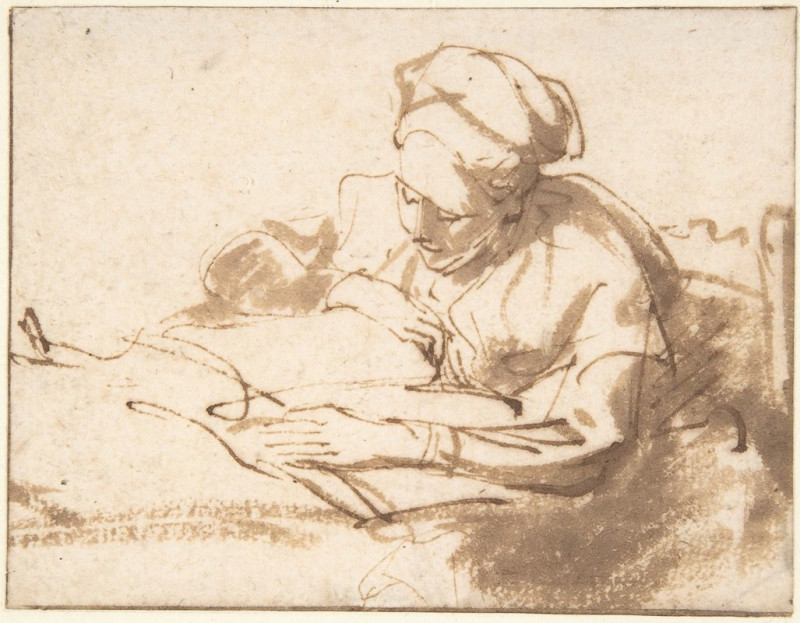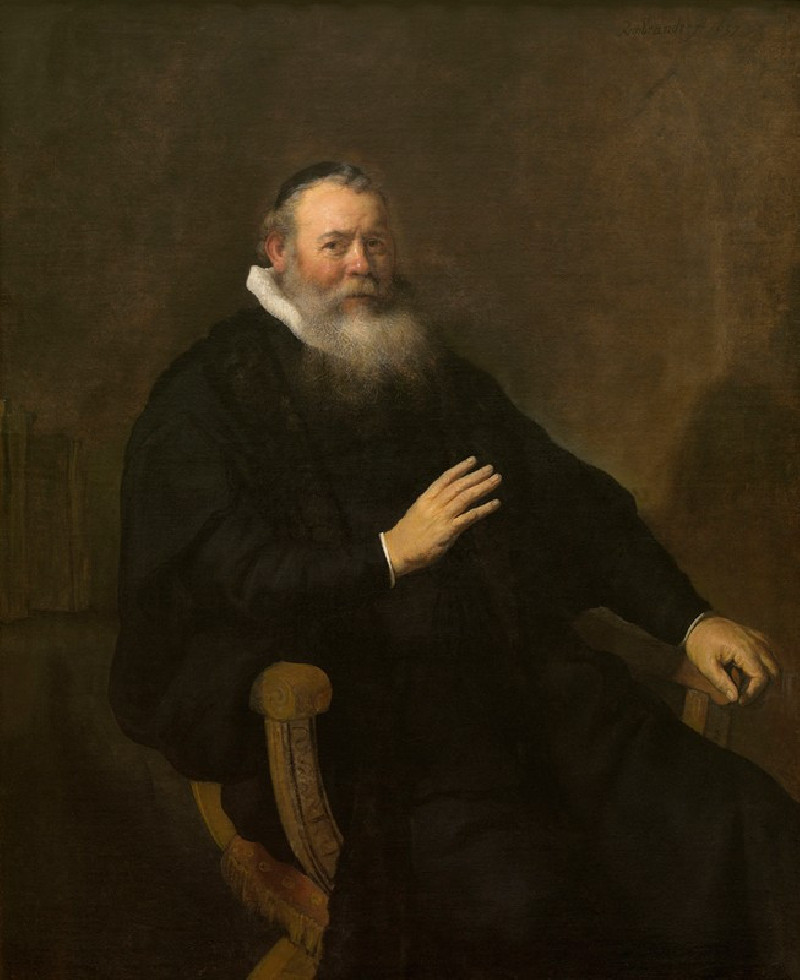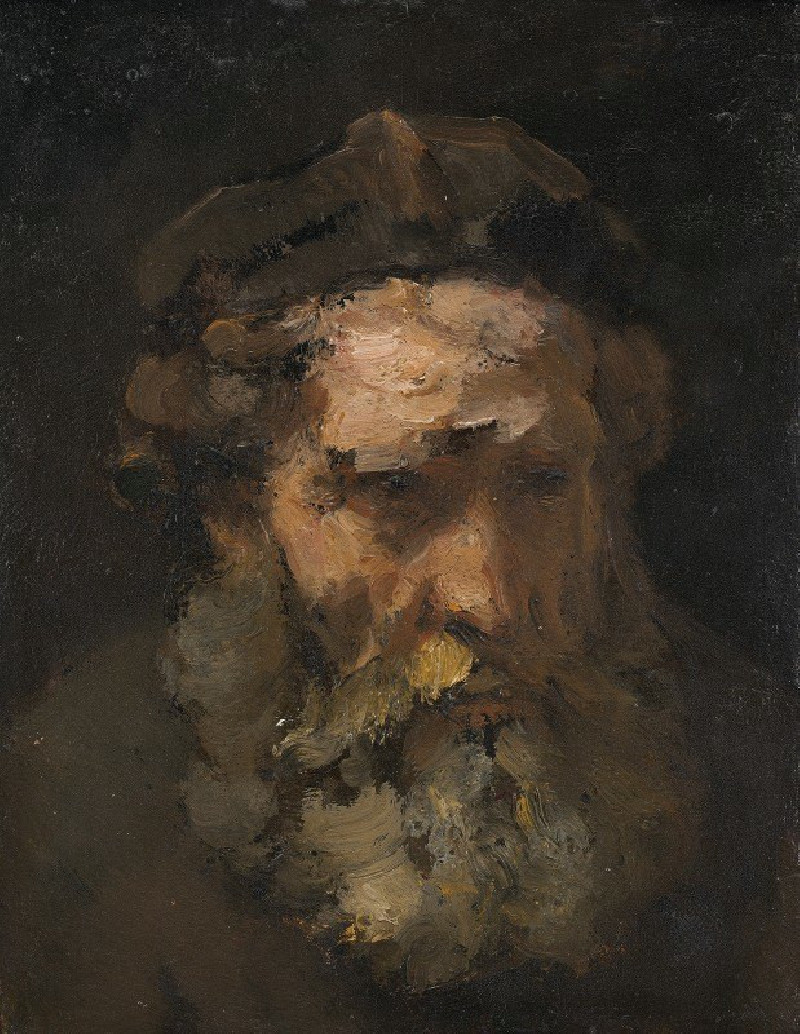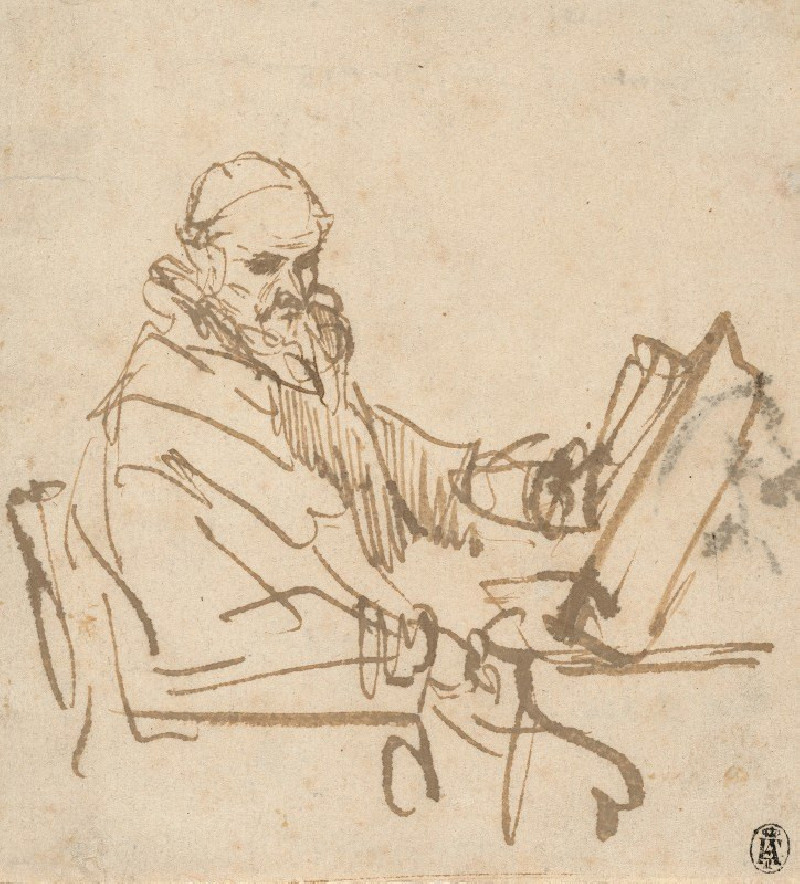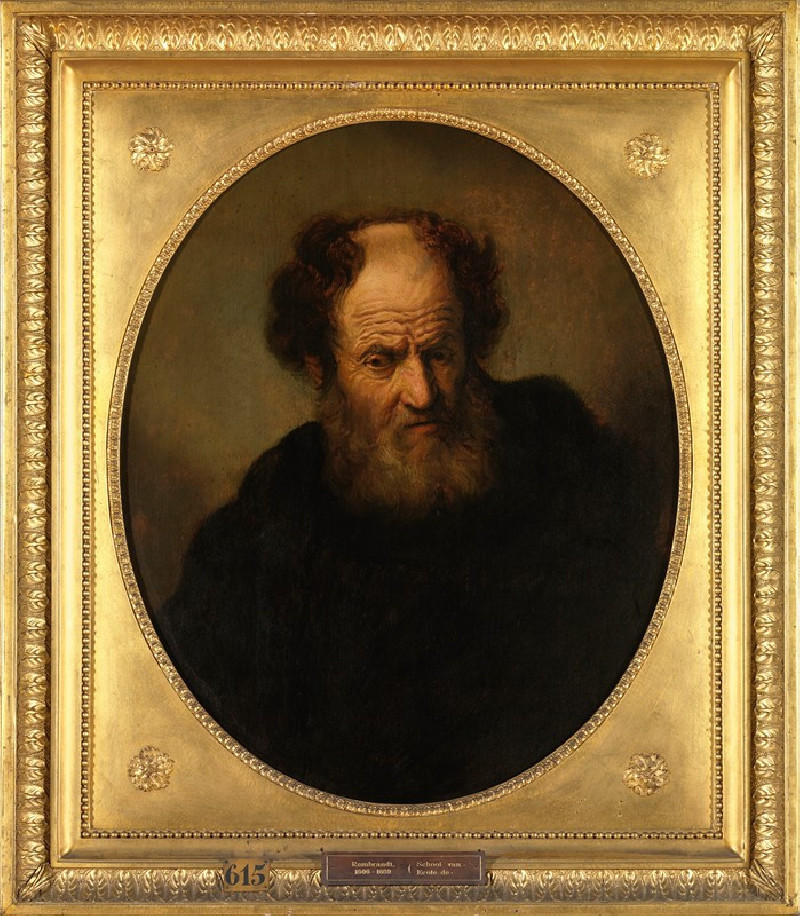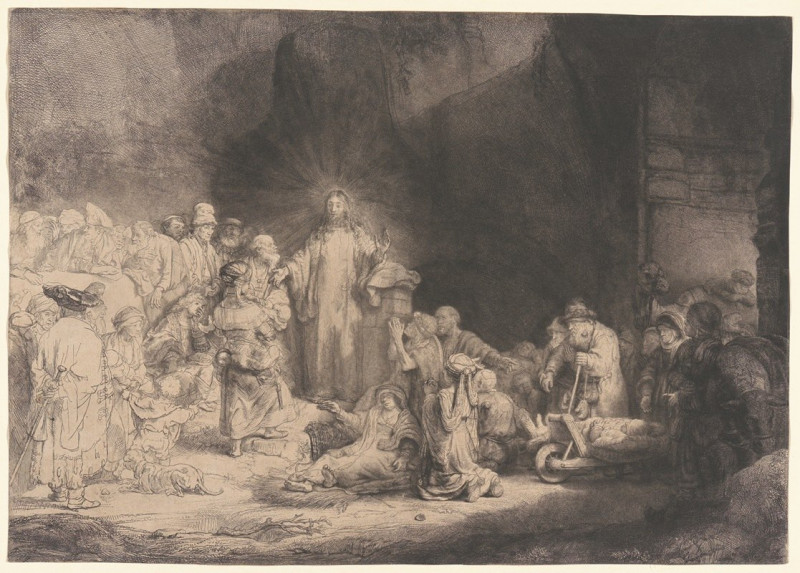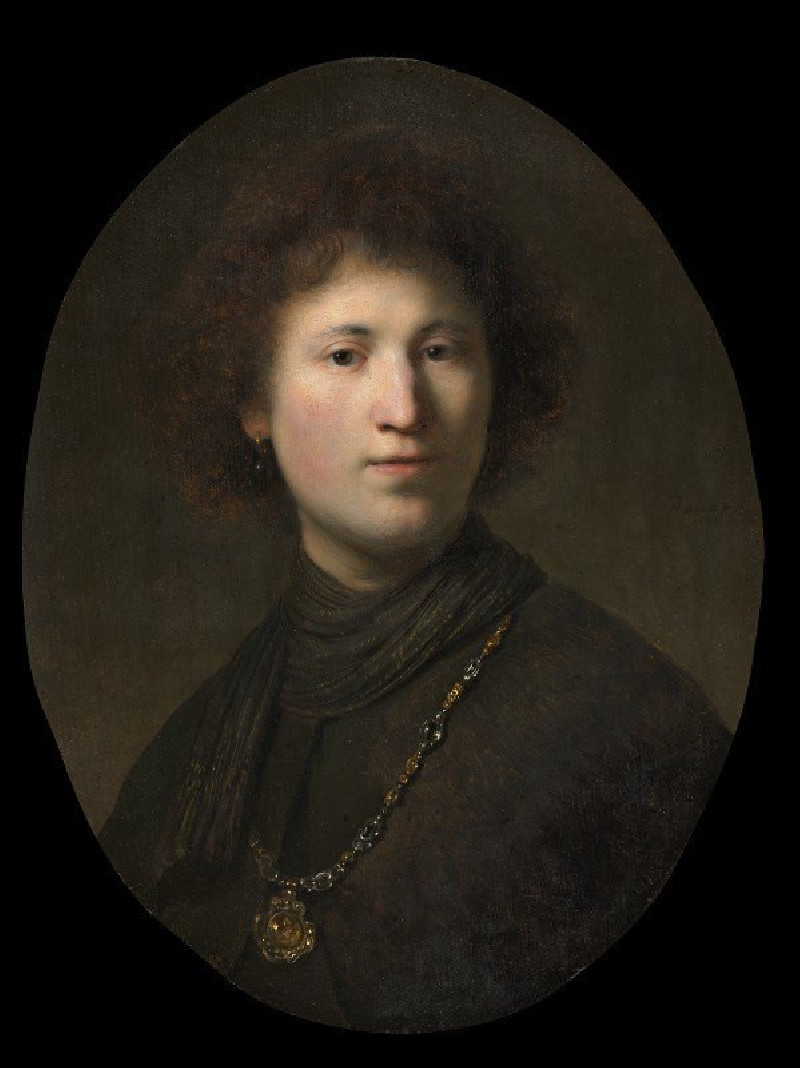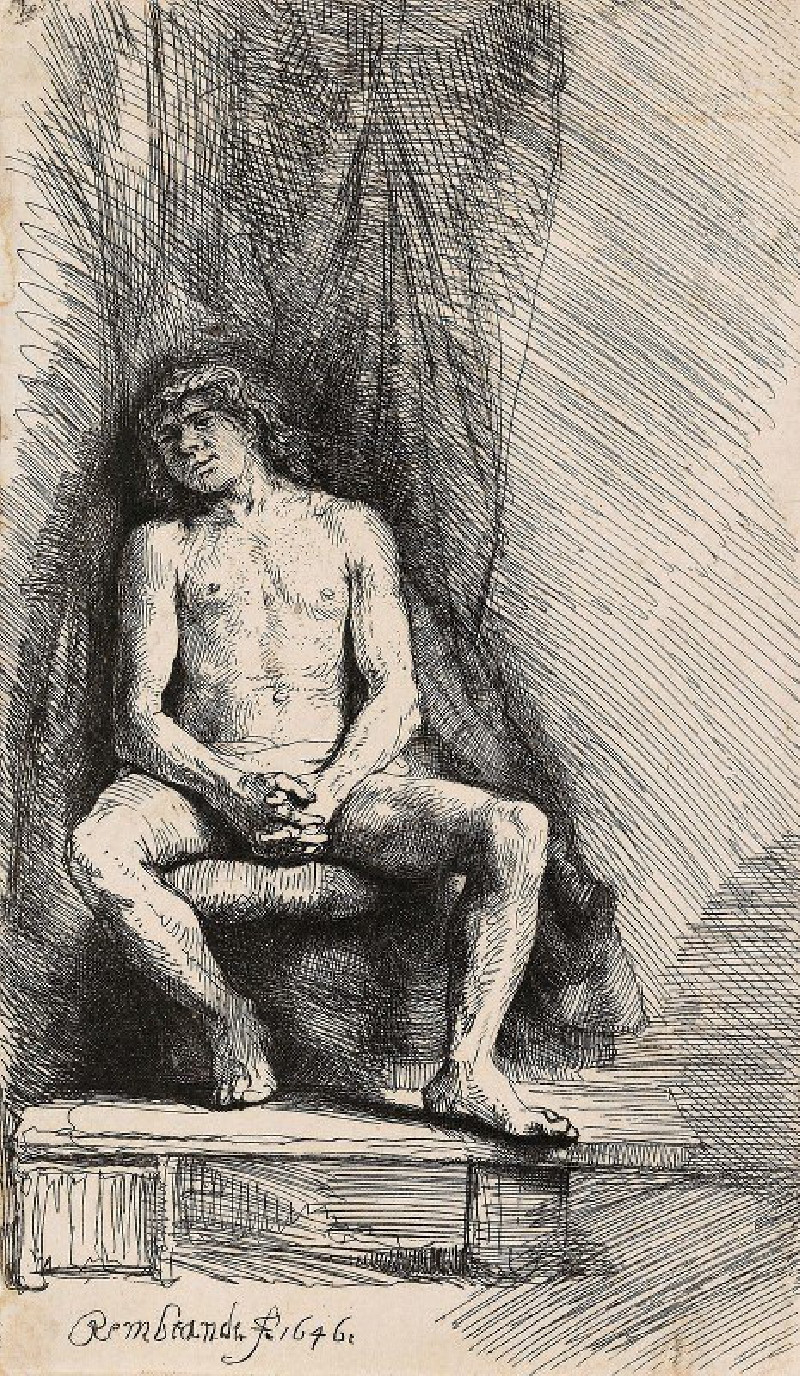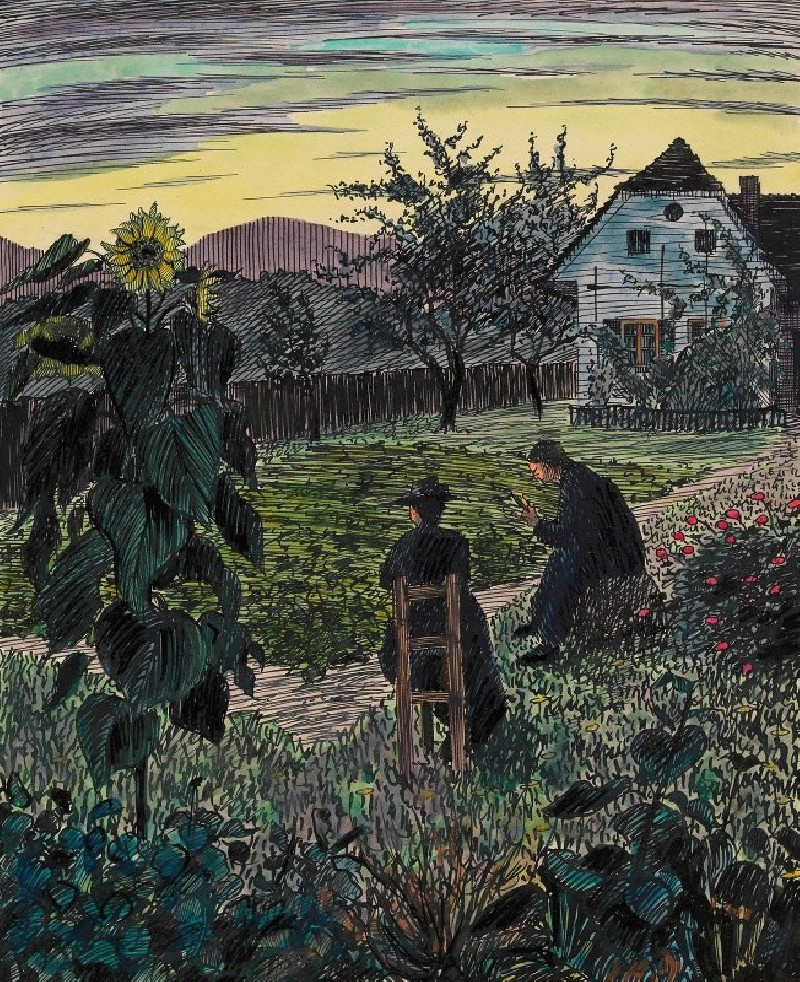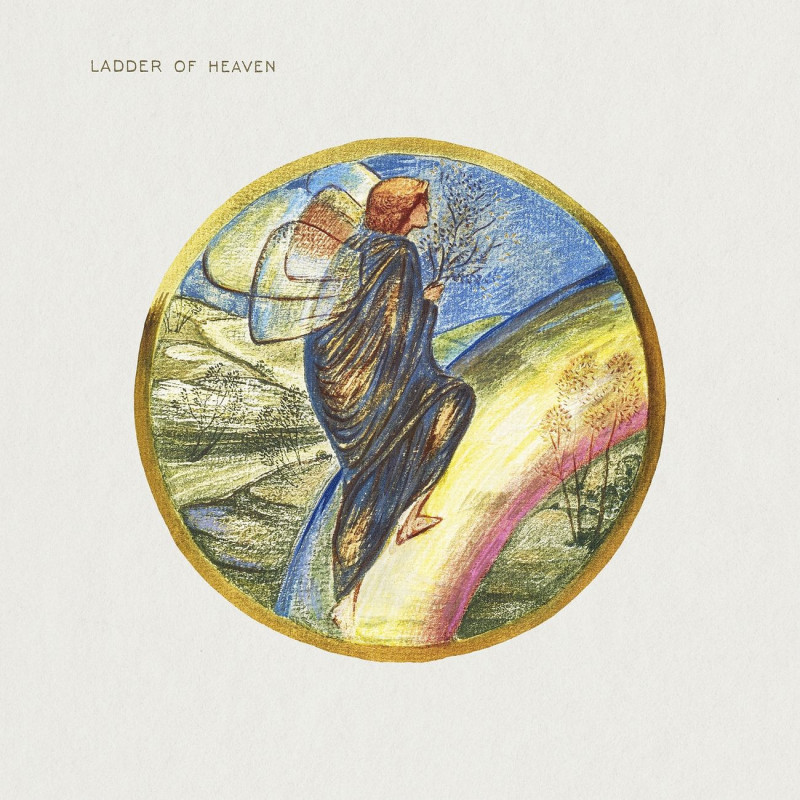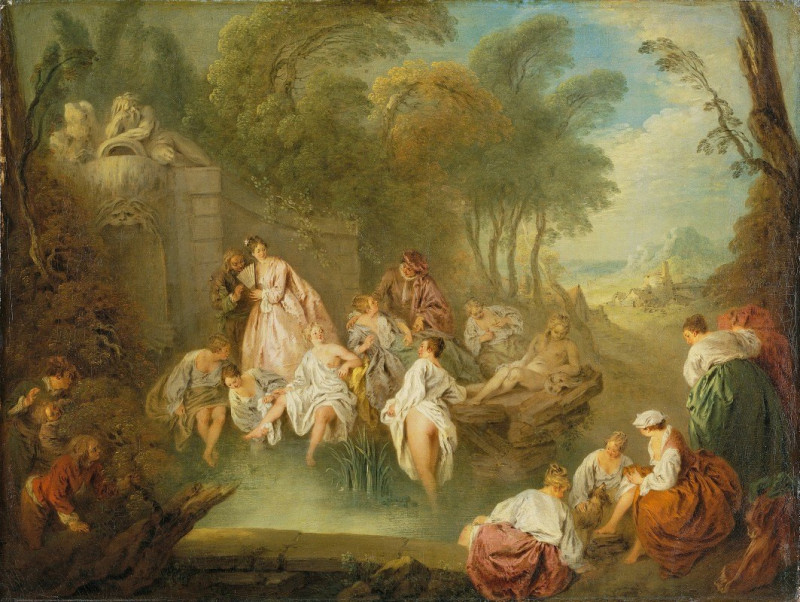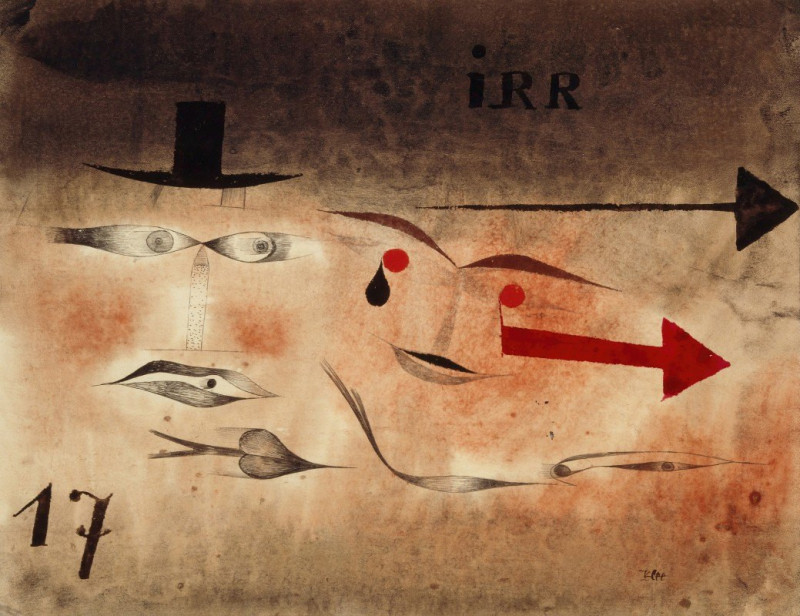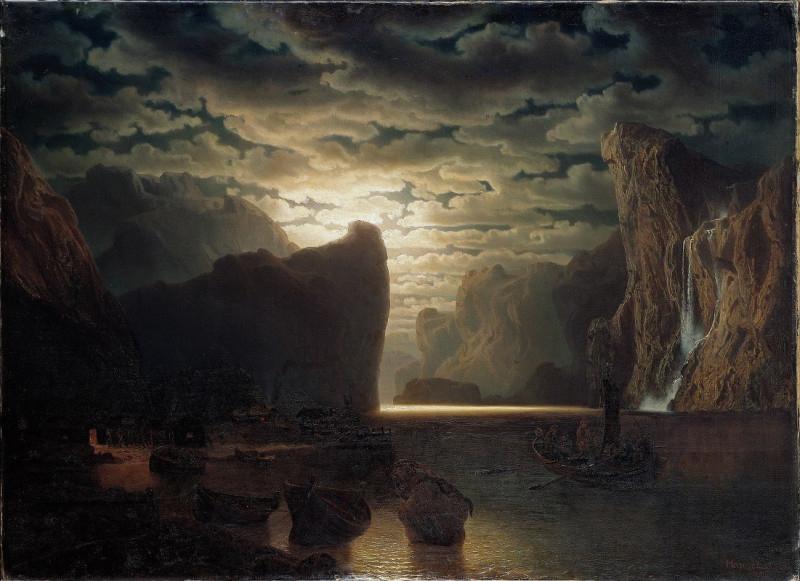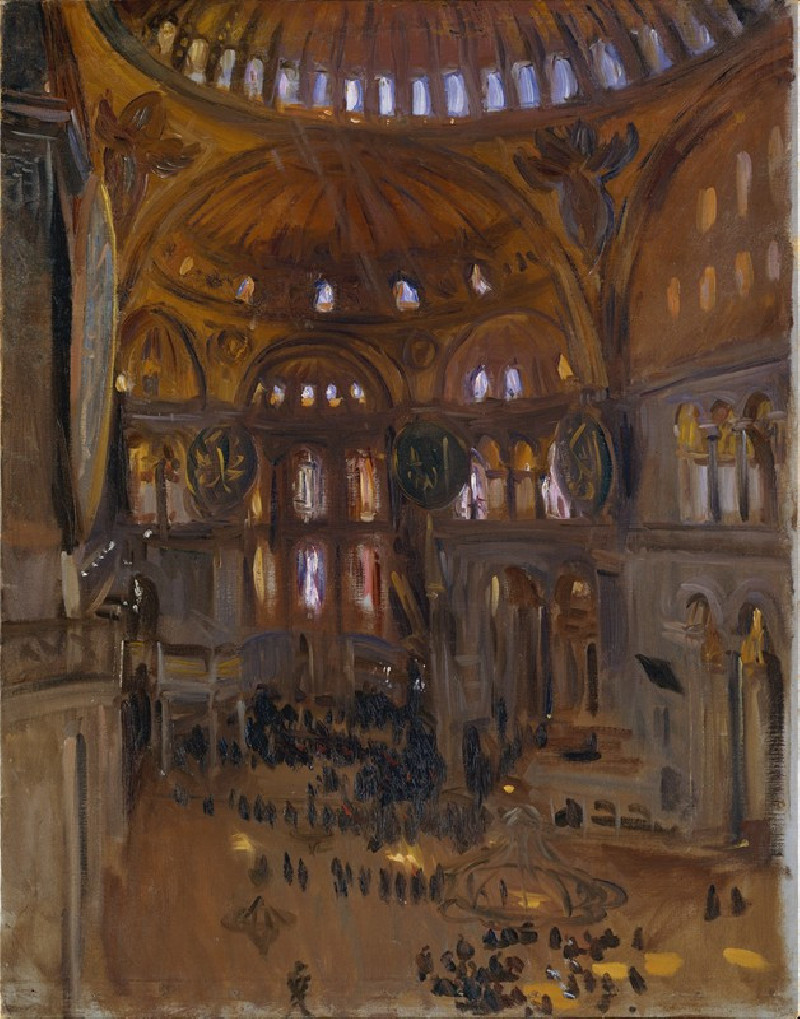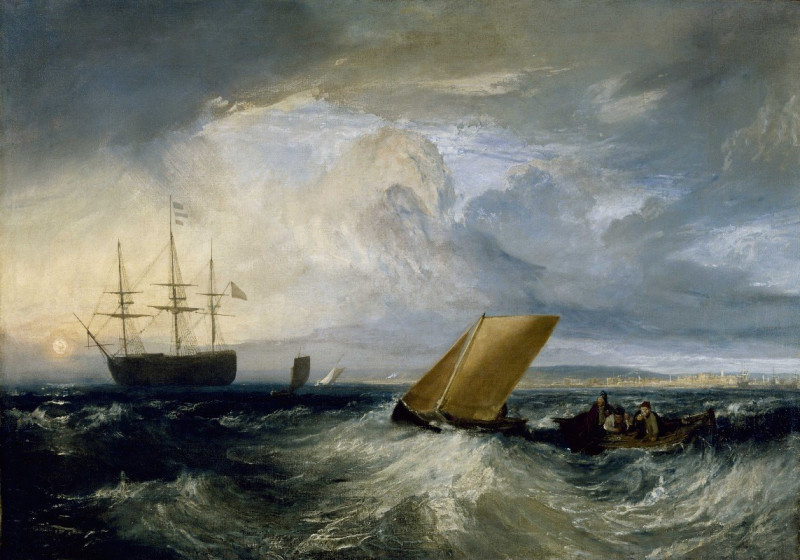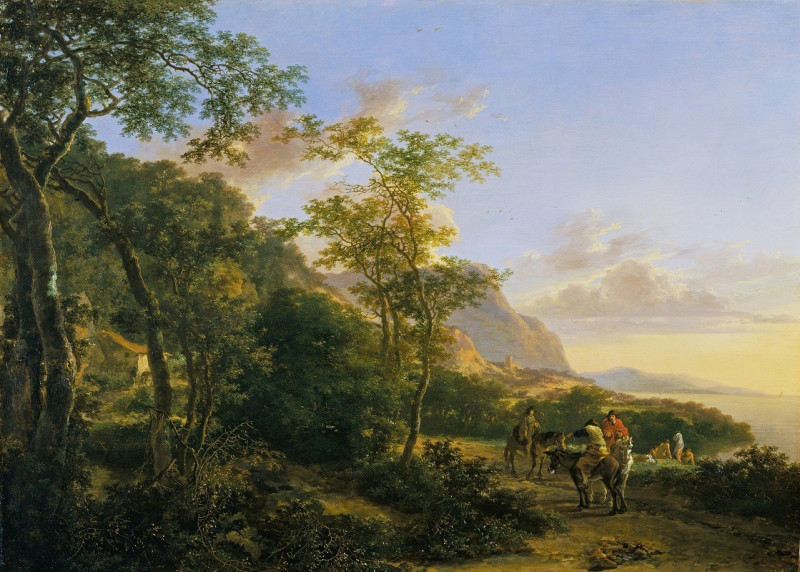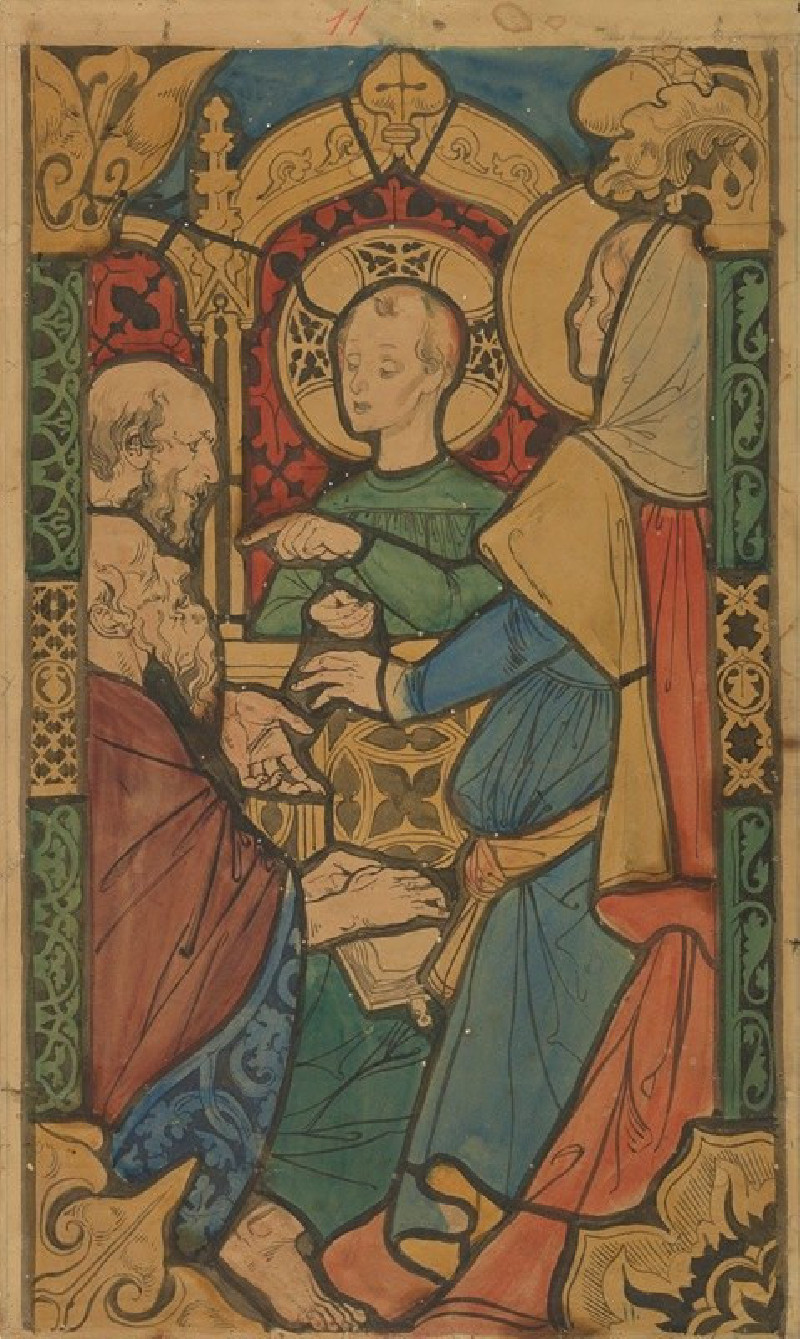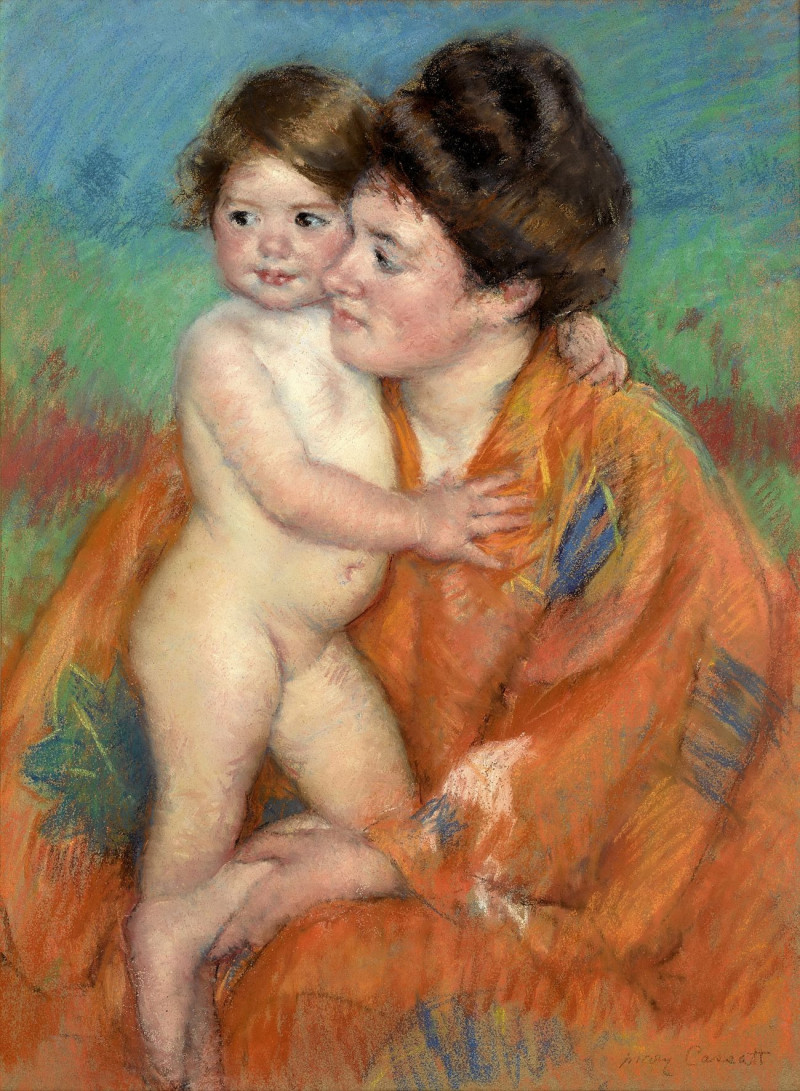The Apostle Paul (c. 1657)
Technique: Giclée quality print
Recommended by our customers
More about this artwork
"The Apostle Paul," crafted circa 1657 by the renowned Dutch artist Rembrandt van Rijn, is a masterful depiction of contemplation and somber introspection. This painting portrays the apostle Paul, a pivotal figure in early Christianity, in a moment of deep thought or possibly spiritual turmoil.In this powerful work, Paul is seated, his gaze distant and contemplative, as he rests his head on his hand—an enduring gesture that signifies meditation or melancholy. He is surrounded by the dark, earthy tones characteristic of Rembrandt's later works, which emphasize the emotional depth and realism for which he is famous. Paul's aged face and flowing beard are rendered with exceptional detail, highlighting his wisdom and experience.To his side, a large open book, likely a reference to his epistles or the Bible, rests on a wooden table, symbolizing his role as a writer and teacher. This element, along with the sword seen in part beside him, alludes to his martyrdom and the spiritual battles he fought. The inclusion of these objects enriches the narrative of the painting, connecting theological significance with personal struggle.Rembrandt's use of light and shadow, known as chiaroscuro, masterfully draws attention to the thoughtful expression on Paul’s face, making the viewer ponder what profound thoughts occupy his mind.This painting not only captures a historical religious figure but also conveys universal themes of dedication, reflection, and the human condition.
Delivery
Returns
Rembrandt Harmenszoon van Rijn was a Dutch draughtsman, painter, and printmaker. An innovative and prolific master in three media, he is generally considered one of the greatest visual artists in the history of art and the most important in Dutch art history. Unlike most Dutch masters of the 17th century, Rembrandt's works depict a wide range of style and subject matter, from portraits and self-portraits to landscapes, genre scenes, allegorical and historical scenes, and biblical and mythological themes as well as animal studies.


